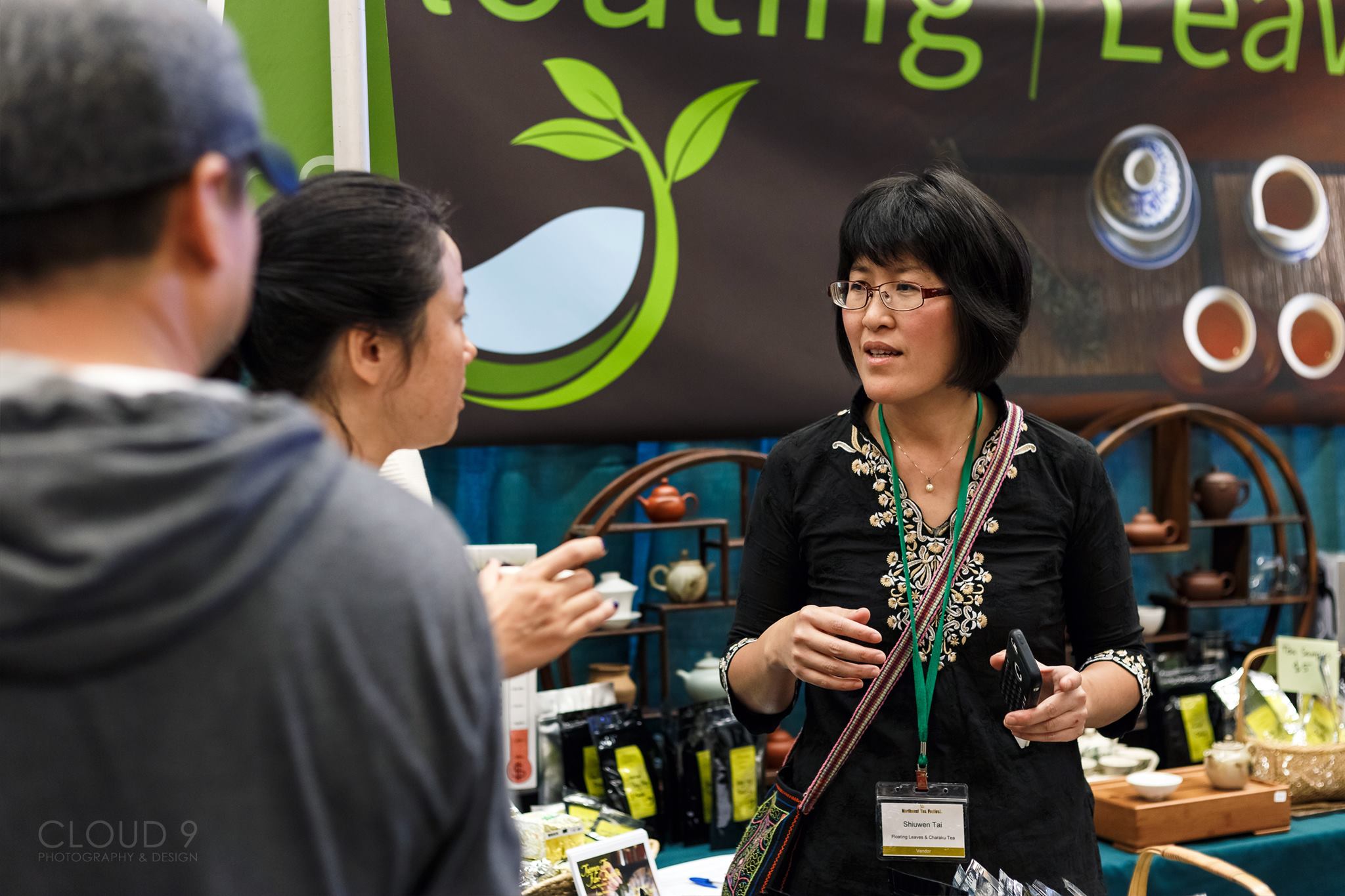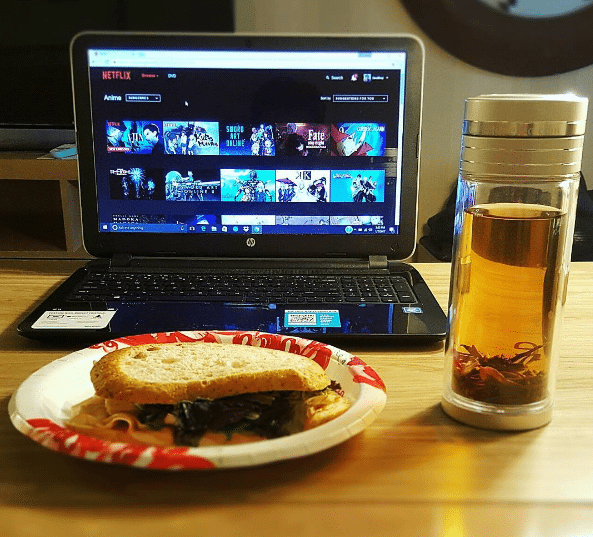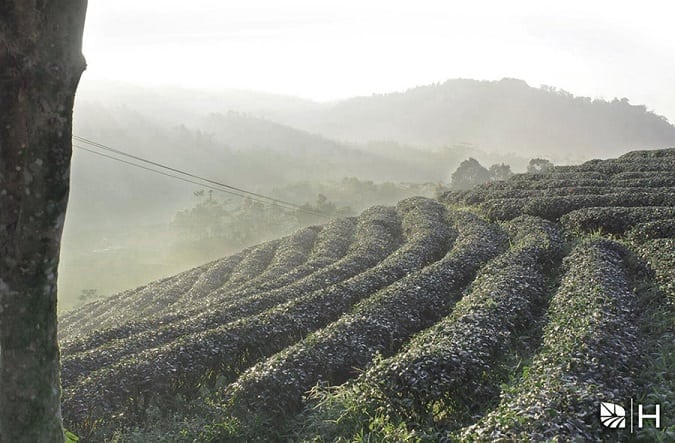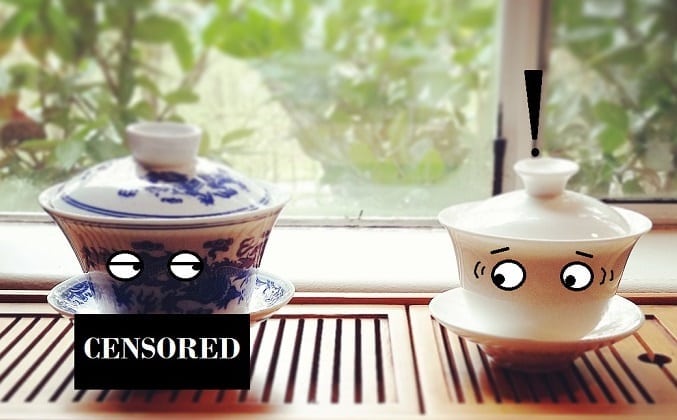I spent a lot of money last October. A loooot of money. Like, “had-to-get-a-second-job-for-two-months” lot of money. The reason? Northwest Tea Festival.

Train tickets, hotel stay, Uber rides, class/tasting prices, entry fees, and—of course—tea. I bought a few weird teas while I was there, and I thought I’d highlight some of them. Er, now that I’ve tried them all (a whole-whopping three months later.)
Starting with . . .
Crimson Lotus Tea Jingmai Sheng Puerh(s). Plural.
My first goal when I hit the trade show floor was to finally talk to the husband/wife team behind Crimson Lotus face-to-face. I talked to Glen and Lamu respectively over the Interwebz about their puerhs, but never in person. Lamu held down the sales floor fort with volunteers, whereas Glen hosted tastings in front of their booth. And he did so while sitting on a log.
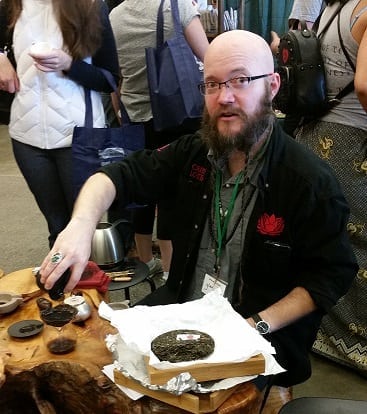
Awesome!
I can’t remember exactly what I tasted at his log, but I ended up leaving their booth with two samples from Yunnan’s Jingmai region in Simao prefecture. Can’t say I was that well-versed in the region, but one of my first white teas hailed from there. For comparison’s sake, I picked up two spring 2016 puerh beeng chisels—Midas Touch and Jingmai LOVE, respectively.
I dipped into them two months later:
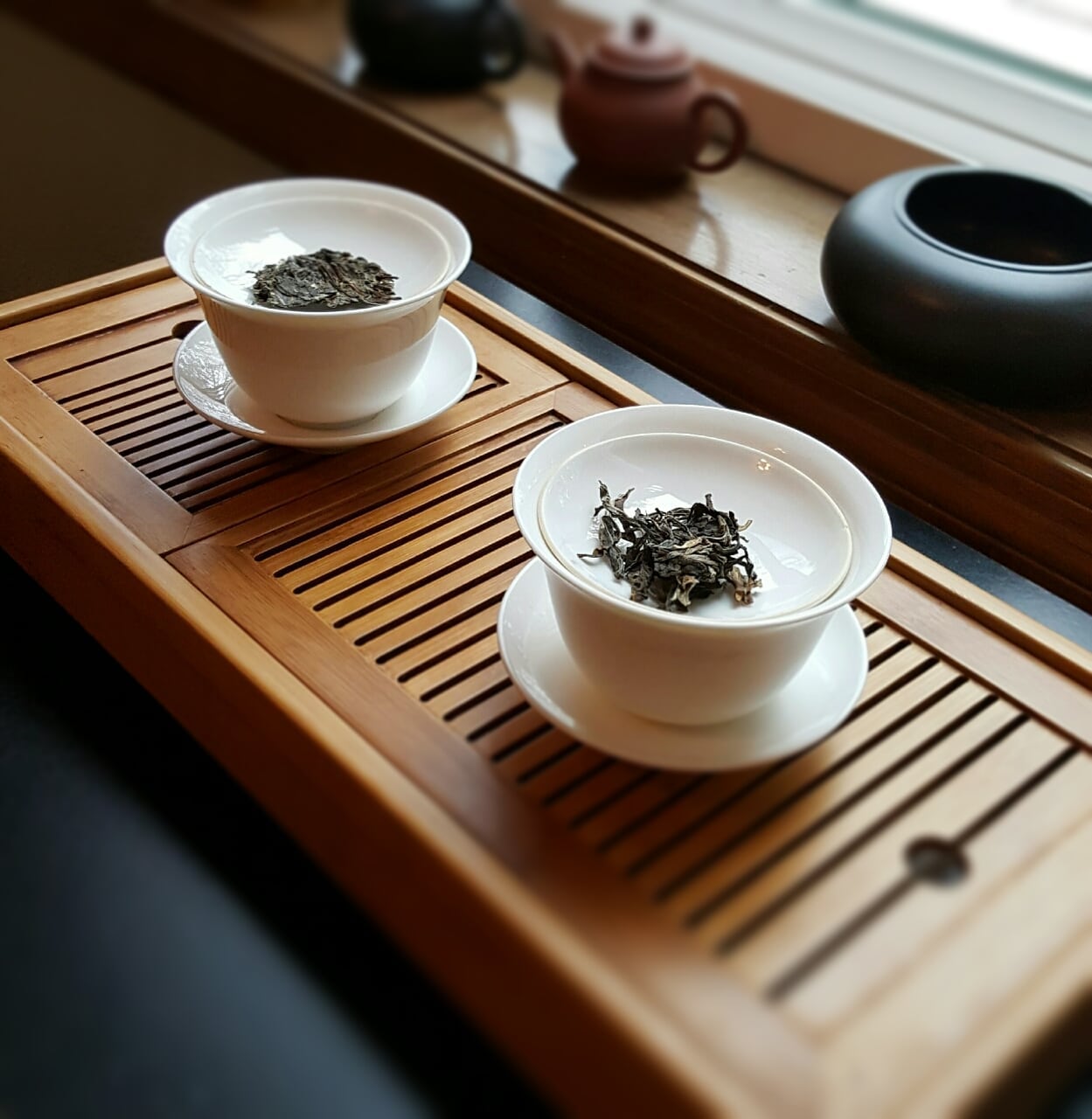
This sheng was seasonally spring to the core. Each infused liquor was a bright green-yellow-bronze mélange of youthful exuberance. Their aromas were zesty, mildly citrus and stone-fruity, with a hint of mint and pine. On taste? If I was sipping this blind, I would swear I was tasting a full-bodied, whole-leaf green tea. It was pear-like, cantaloupe-y, grassy and verbena-ish, like a few greens I’ve demolished. The only attribute that gave way that this was a puerh was a mild underpinning of moss on the backend.
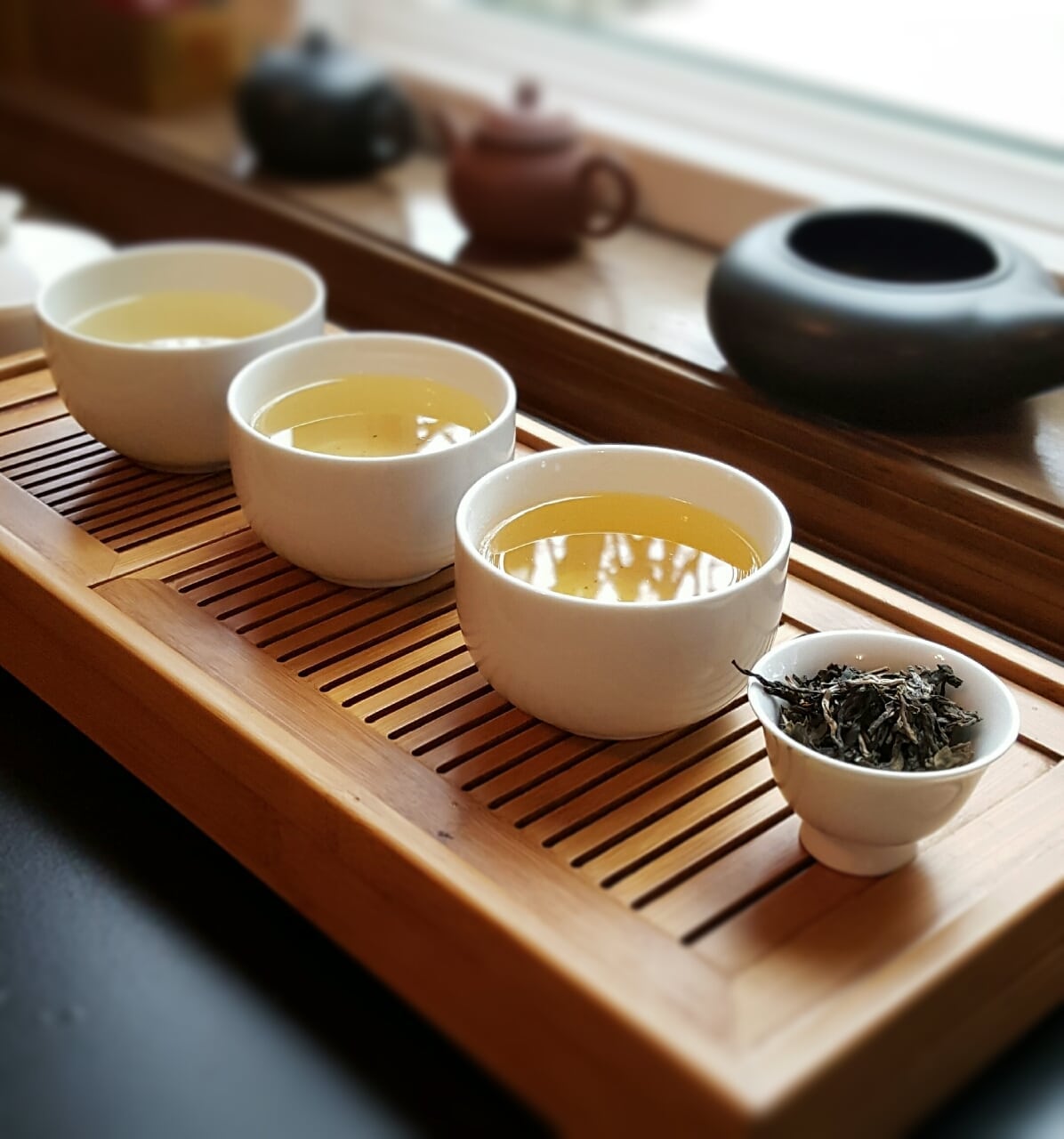
I liked it quite a bit. It was easy drinking. No bitterness or roughness to speak of, like some young shengs. However, it would be interesting to see what this does in five years. I haven’t any predictions.
What I found odd was that the liquors for the first three infusions brewed up rather light compared to the Midas. There wasn’t a gradual darkening of color based on steep time, either. Each infusion remained consistent to the others—light green, yellow-ish, bordering on brass. The aroma was also still young-seeming, but with a definite underpinning that marked it as a different beast. There was a smokiness and “earthen-pottery clay” sensation to the scent.
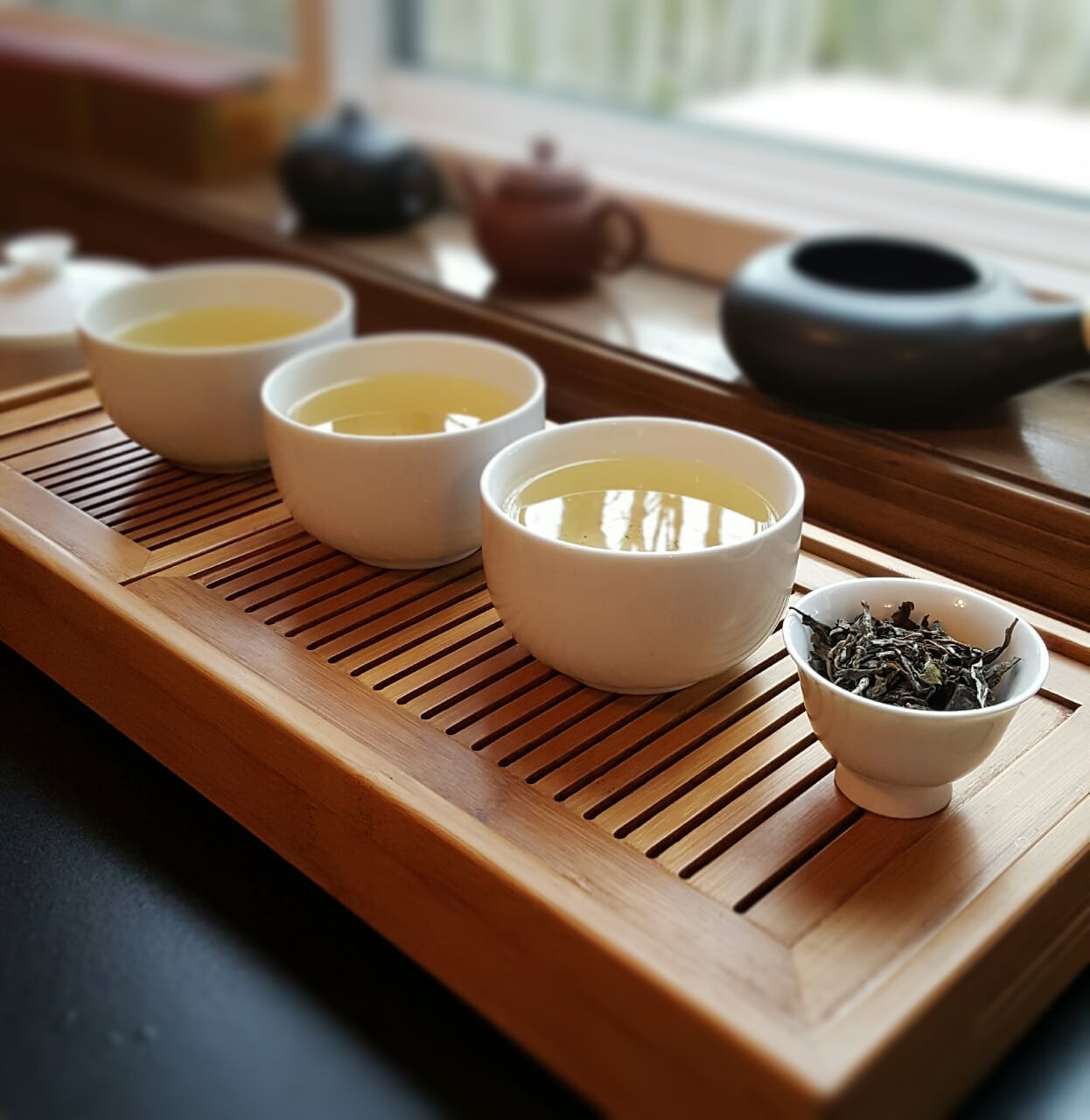
On taste, that showed through even more, earth and subtle smoke took point, followed by . . . whatever the stage is between grapes and raisins. Towards the finish, I was all like, “Yeah, this is a sheng puerh, alright. From 2012.” This sucker was wise beyond its years.
Favorite? I liked both . . . but I loved the Jingmai LOVE.
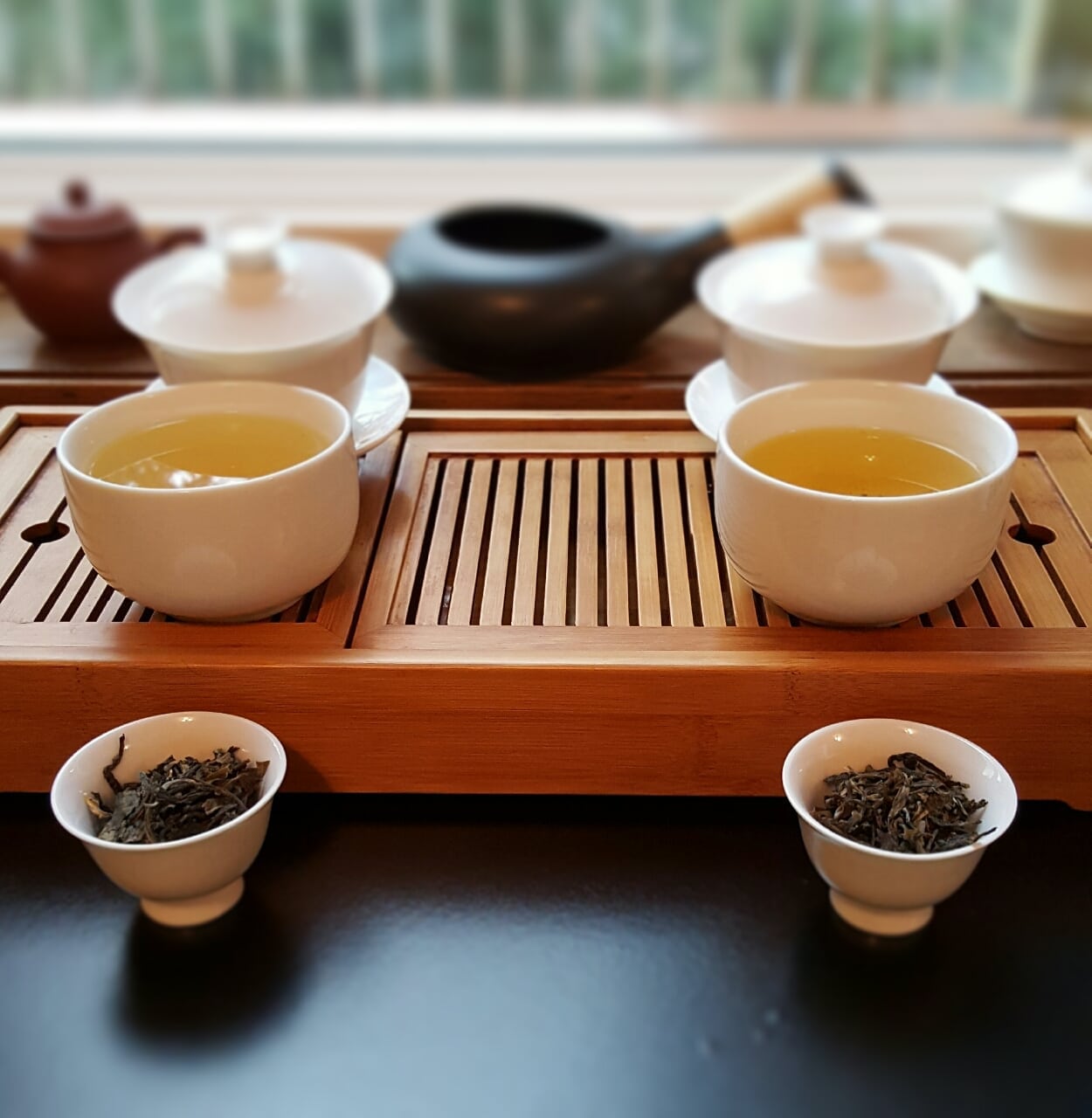
I think the standout star of the festival this year was Shiuwen Tai of Floating Leaves Tea.
This was her first year having a booth at the festival (from what I was told), and—every time!—it was packed. The only time when there was room to navigate was on the final day. I was loitering with a few other tea pals (Oolong Owl, included). They were sipping on something strange, and I inquired as to what it was.
“White tea,” Owl replied, “made from the Ruby 18 cultivar.”
“WHAT?!?” I exclaimed . . . rather loudly.
My brain had difficulty processing that information. A Taiwanese white tea made from the Ruby 18 cultivar. Sure, it was possible. I mean, any tea bush cultivar could be used to create different types of tea. I just never assumed a cultivar normally used for a “meh”-ish black tea would be used that way. I bought an ounce.
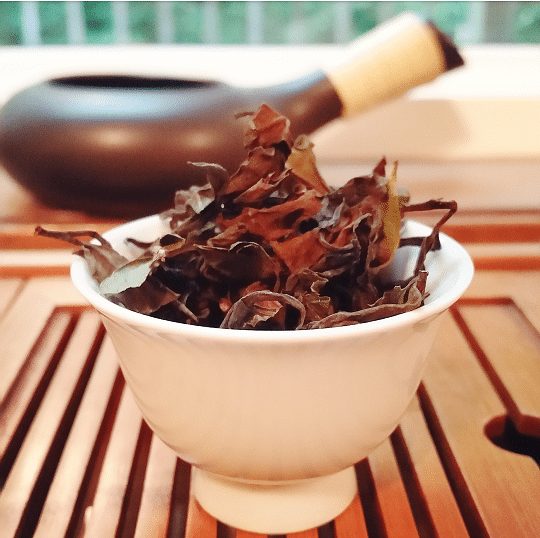
The liquor brewed up yellow-to-bronze; dark enough to be mistaken for a Darjeeling first flush on first glance. The aroma was equally . . . Himalayan. Along with the expected wintergreen notes was a feeling of stone fruit and . . . other fruits. Grapes, even. And other plant-like things, such as figs and maybe a hint of fennel. Nutty in all senses of the word. The top-note was forest-like, and then it trailed off into Buddhist fairydust land. Hell if I know how else to describe it.
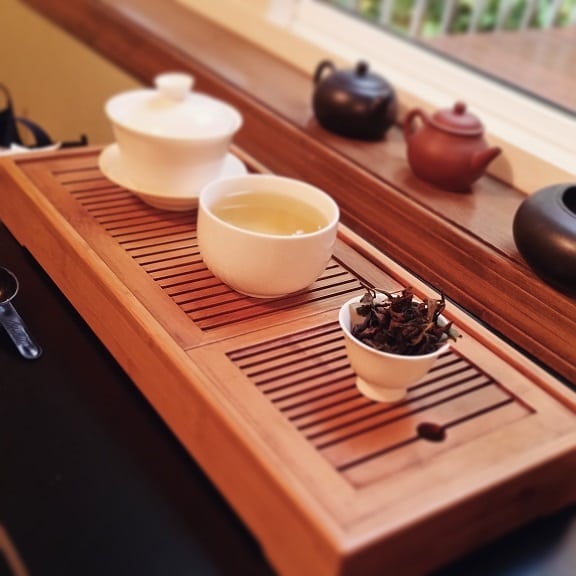
I guess the key takeaway here is that I liked it better than the black tea version. Sacrilege, I know.
Phoenix Tea Shop Dong Fang Mei Ren
Phoenix Tea Shop’s booth was another must-stop. Like Floating Leaves, they were also insanely busy for most of the festival. On one such drop-in, I think I remember one of the owners saying, “I think I’m going insane.” But don’t quote me (or them) on that.
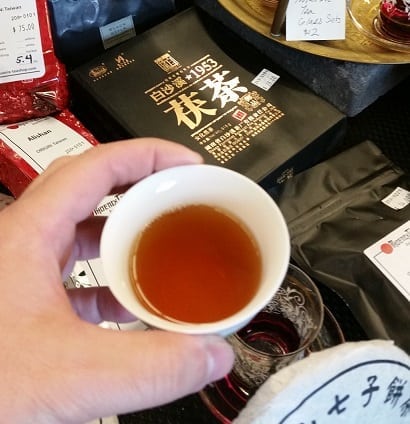
Both Cinnabar and Chris pointed me in the direction of one such tea that they knew would have my attention. With all my myriad of stops at their storefront over the years, they knew where my palate lay. The Realm of the Weird. And they pointed me to this:
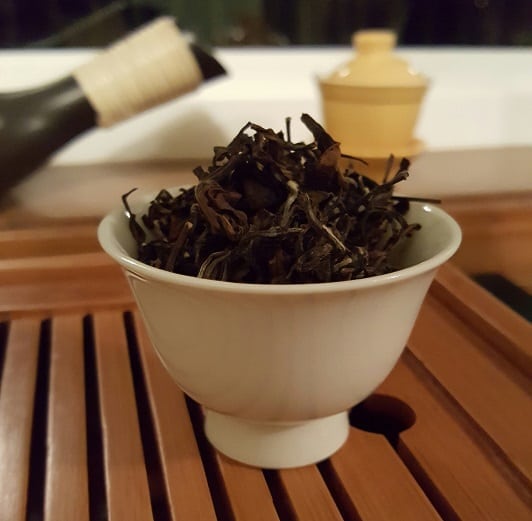
A Dong Fang Mei Ren (Oriental Beauty) oolong from Taiwan . . . that wasn’t bug-bitten. How, you may ask? Oriental Beauty was defined by the fact that the leaves were bug-bitten. That’s what gave the leaves that lovely honeyesque flavor. To that I say, “No clue.”
Best guess? The leaves were processed—open-style—much like a regular Oriental Beauty, but from tea bushes that weren’t subject to leafhopper feeding frenzies. That had my interest and attention . . . and, yes, I bought it.
I brewed it up on a night after a very difficult work shift.
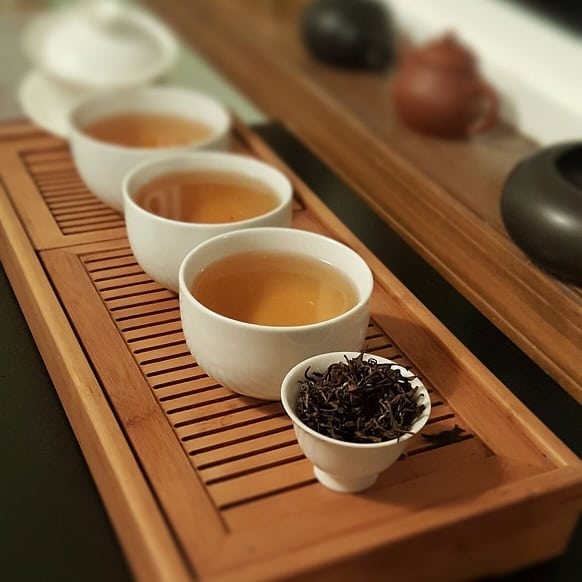
As for tasting notes . . . um . . . I’ll just let this chat transcript do all the talking.
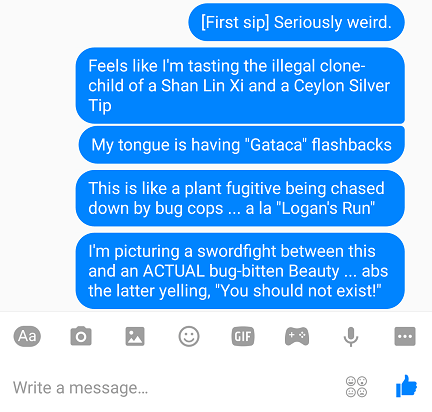
That pretty much sums it up. I have nothing more to add. I even lost count of how many steeps I made of the stuff.
This concludes the journey down my poor impulse control. I felt that there was one more “tea festival adjacent” post in me. Turns out it was about the teas themselves; who knew? If you’re ever in Seattle, or if you’re curious about the wares of the operations featured, give ’em a shout—online or in real-life.
Me? I have more drinking to do.
See ya.

